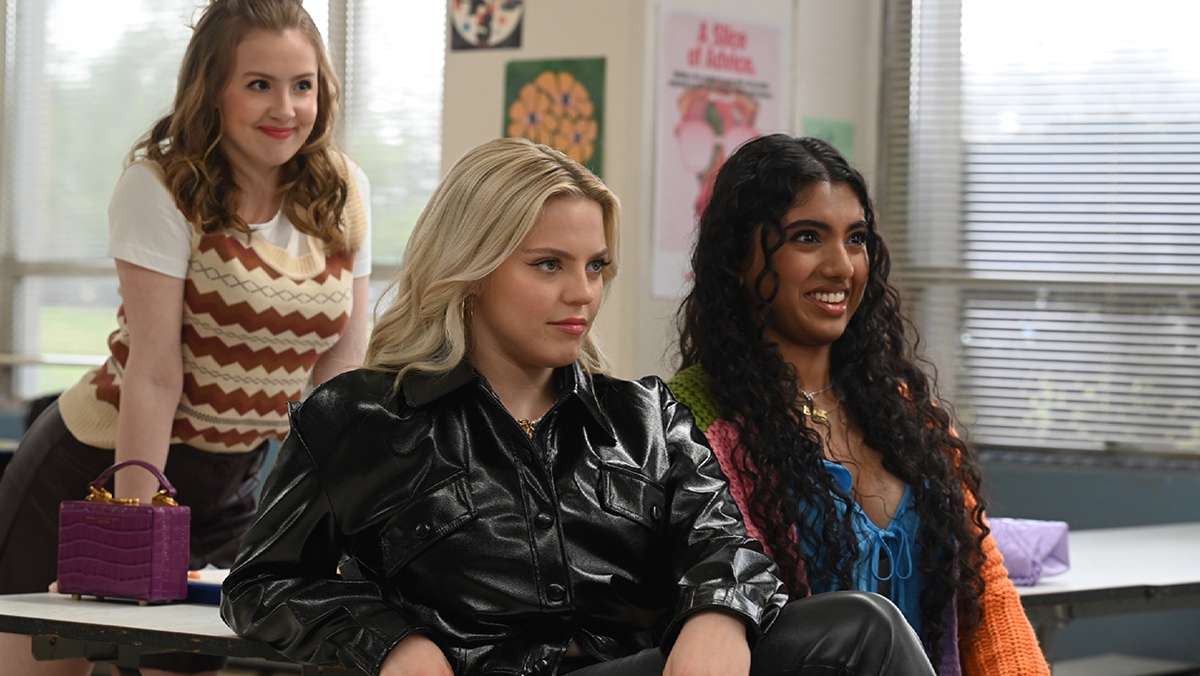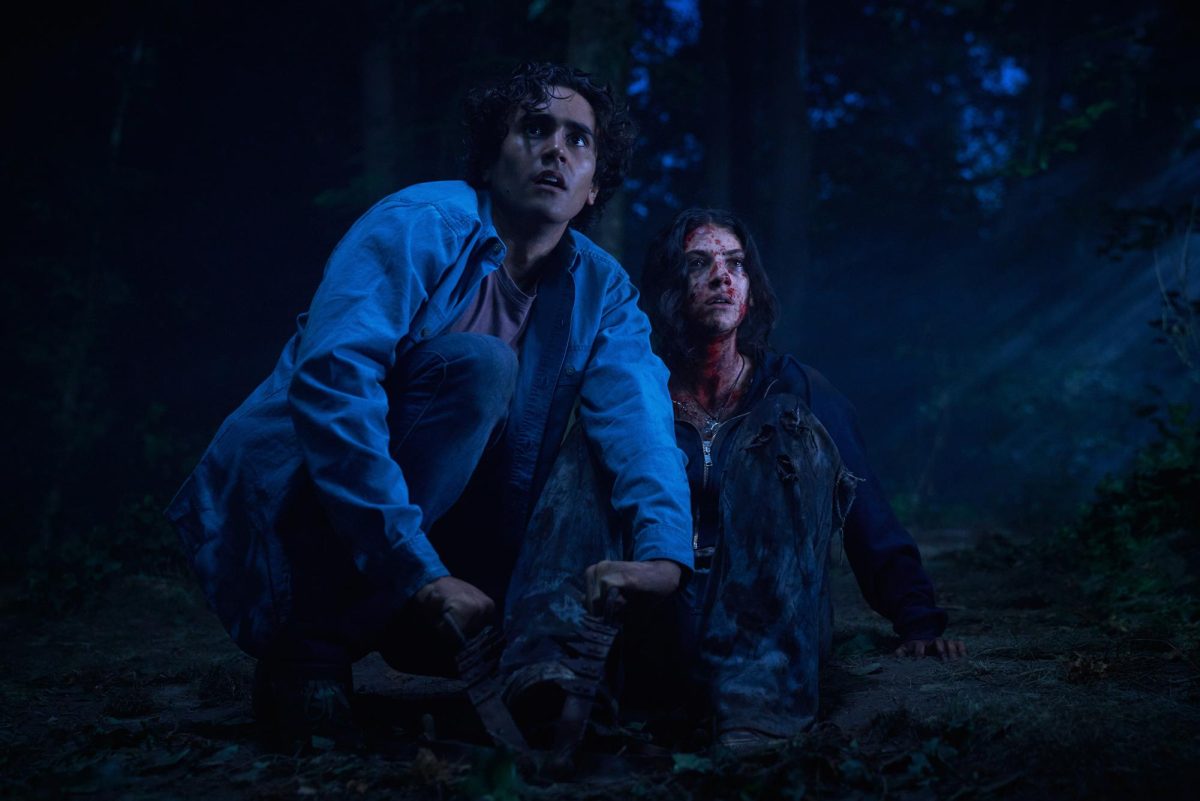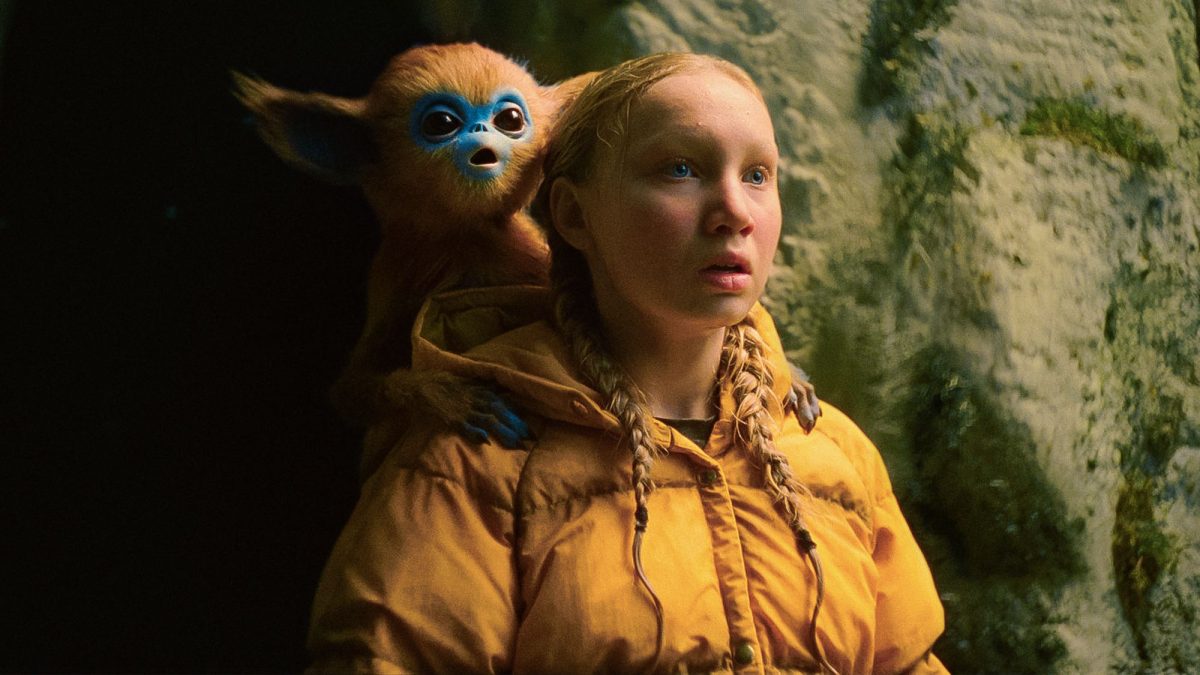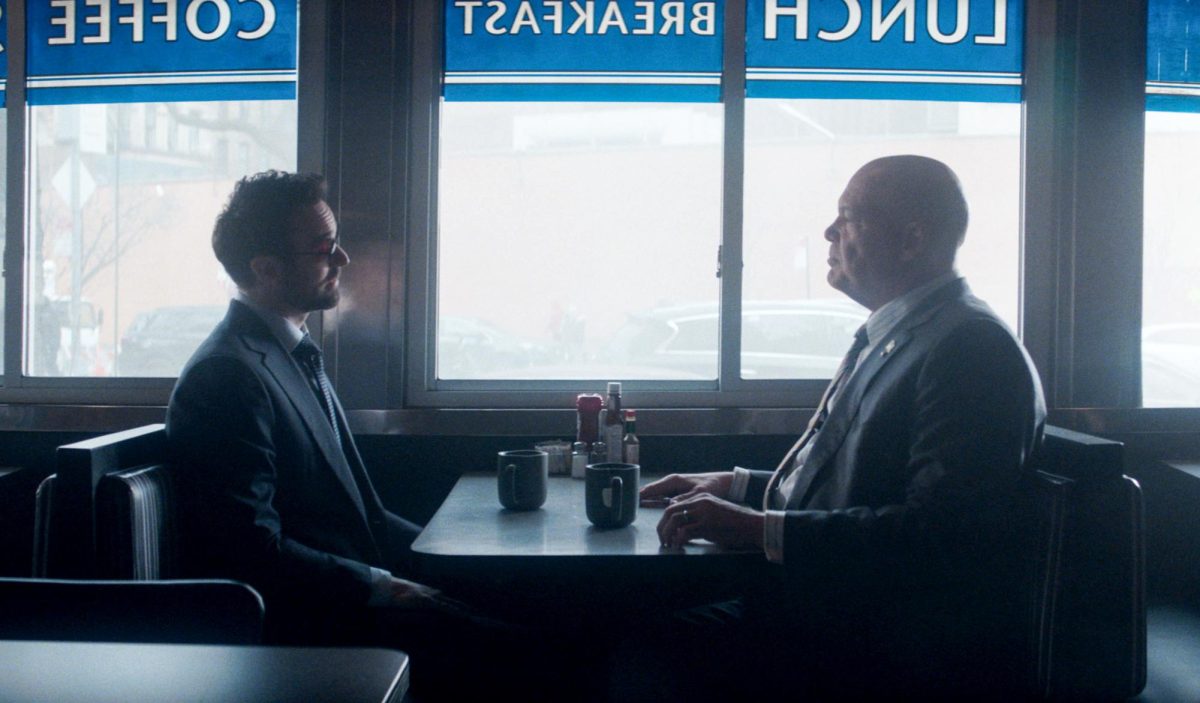The Plastics are back for round three in a film adaptation of the Broadway adaptation of the 2004 classic “Mean Girls.” Inspired by “Queen Bees and Wannabes,” a parenting guide to high school cliques and gossip by Rosalind Wiseman, “Mean Girls” (2004) delivered razor-sharp satire and some of Hollywood’s most famous one-liners penned by nine-time Emmy winner Tina Fey.
Six years after “Mean Girls” debuted on Broadway — with a script also written by Fey and lyrics by Nell Benjamin — Fey took a third pass at “Mean Girls.”
Fey’s jokes are just as sharp but mercifully discard the stereotyping and racial insensitivity of the 2004 film. The new script marries the best of both prior versions of “Mean Girls” by selecting the prime cuts from her 2004 script and an abridged set list from the musical. The 2024 soundtrack retained the best from the Broadway production: the power ballads and showstoppers, like “Sexy” and “I’d Rather Be Me,” all made the cut.
This time, North Shore High is ruled by the formidable Reneé Rapp as Regina George (often towering above the rest of the cast in talent and stature). Rapp gives a powerhouse performance worthy of the story’s queen bee, ensuring Regina’s effortless and commanding vocals are the center of attention on the cast album. Angourie Rice plays an authentic and charming Cady Heron, but her vocals are timid and lack energy — see “I am filled with calcu-lust”).
Auliʻi Cravalho, Jaquel Spivey and Avantika Vandanapu each deliver strong vocals as Janice, Damian and Karen respectively. Vandanapu plays aloof to perfection as Karen. Cravalho and Spivey delight from the movie’s very first scene, opening on Janice playing “A Cautionary Tale” on a guitar plastered with stickers as Damian dances and plays a tambourine. The emotion and heart of Gretchen Wieners are brought to life by Bebe Wood during a quiet, heartbreaking rendition of “What’s Wrong With Me?”
Unfortunately, the ensemble vocalists often sound lifeless, as if they don’t actually care what the magnetic and lionized Regina is doing or wearing. They earn their stripes as dancers, acing the choreography of Kyle Haganami, whose past collaborators include Britney Spears and BLACKPINK. Haganami’s choreography pairs perfectly with the visual direction of Samantha Jayne and Arturo Perez Jr. to turn the movie’s power ballads into ferocious spectacles.
During Regina’s solos, the frame’s aspect ratio shrinks from 1.85:1 to 2.39:1, adding ominous black bars to the top and bottom of the screen as the grain gets dialed up to complement the dramatic lighting and music. In “Someone Gets Hurt,” the ensemble moves as a tormented hivemind, flooded in cold blue light, reacting to the emotion in Rapp’s vocals. The camerawork during the musical numbers is always notable, but the frequent and bizarre close-ups lose their charm after the first few appearances. The camera sometimes feels uncomfortably close to the actors, and one close-up on Cady during “Revenge Party” was comical in all the wrong ways.
This adaptation modernizes the “Mean Girls” story, incorporating social media frequently but effectively — “World Burn” is punctuated by erratic flashes of phone screens. The music has also evolved, trading its brassy, James Bond sound for quieter digital beats. While the punchy riffs from the Broadway production will be missed, the film incorporates this new sound diegetically and seamlessly. The movie leans into the mayhem of its musical numbers, and students often play instruments in-scene with the vocalists.
“Mean Girls” (2024) delights in all the expected ways, and doesn’t try to reinvent the wheel. It occasionally lacks energy, and only Rapp’s solos are capable of going toe-to-toe with the Broadway cast recording, but it doesn’t disappoint as a happy median between its predecessors. Each version of Mean Girls is relevant to the time in which it came out, and this iteration delivers the same wit that fans have loved for 20 years. It’s fetch!





















